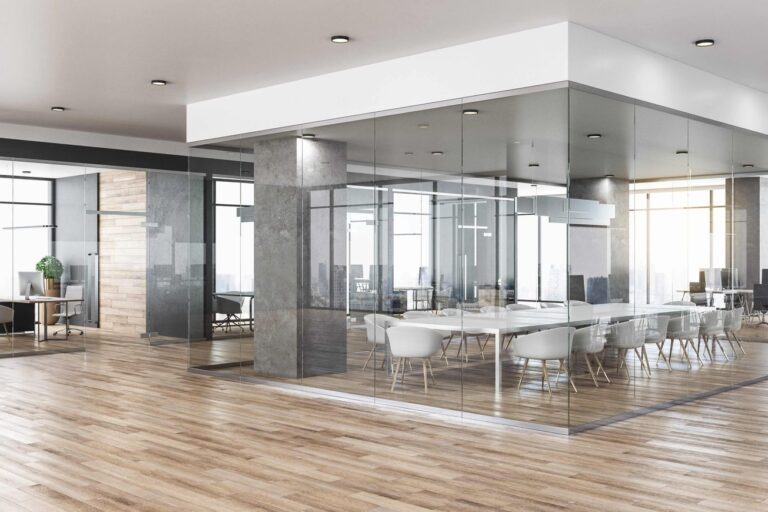In the dynamic landscape of Australian business, a seismic shift is underway as companies increasingly pivot towards adaptive workplaces. Gone are the days of rigid structures and static routines; instead, organizations are embracing flexibility, agility, and innovation to thrive in an ever-evolving marketplace. From multinational corporations to fledgling startups, the allure of adaptive workplaces is undeniable, driven by a confluence of factors reshaping the modern business ethos. From technological advancements to shifting employee expectations, the motivations propelling this trend are as varied as they are compelling.
Flexibility for Employees
Offering adaptive workplaces empowers employees with the flexibility they need to thrive. By accommodating various work styles and preferences, such as remote work options, flexible hours, and customisation workspace, organisations create environments where individuals can optimise their productivity and well-being. This adaptability fosters a sense of trust and autonomy, enhancing employee satisfaction and ultimately contributing to a more dynamic and resilient workforce.
Attracting and Retaining Talent
Offering adaptive workplaces is paramount in today’s dynamic professional landscape, where flexibility and innovation are key to attracting and retaining top talent. These adaptable environments prioritise individual needs and preferences, fostering a culture of inclusivity and empowerment. By providing remote work options, flexible hours, and versatile workspaces, companies demonstrate their commitment to supporting employees’ work-life balance and personal growth. Such initiatives not only attract diverse talent but also cultivate a loyal and engaged workforce, ultimately driving organisational success in an ever-evolving business landscape.

Cost Savings
By tailoring work environments to accommodate diverse needs, whether physical or technological, companies empower their employees to perform at their best. This adaptability not only enhances morale and collaboration but also yields significant cost savings in the long run. Through initiatives like remote work options, flexible scheduling, and ergonomic setups, businesses can reduce overhead expenses associated with traditional office spaces while simultaneously tapping into a wider talent pool. Embracing adaptability isn’t just about staying current; it’s about optimising resources and maximising potential.
Enhanced Collaboration and Innovation
By embracing technologies and strategies that support remote work, flexible schedules, and ergonomic designs, organisations empower their employees to thrive in their roles while maintaining work-life balance. Enhanced collaboration and innovation further amplify this dynamic by encouraging cross-functional teamwork, idea-sharing, and creative problem-solving. Leveraging digital collaboration tools, fostering a culture of open communication, and promoting interdisciplinary projects stimulate a continuous flow of fresh perspectives and inventive solutions, driving organisational growth and resilience in an ever-evolving landscape.
Resilience and Business Continuity
By integrating adaptable infrastructure and fostering a culture of flexibility and innovation, companies can better respond to change and uncertainty. Resilience and business continuity go hand in hand, emphasising the importance of preparing for and recovering from disruptions effectively. This involves implementing robust contingency plans, leveraging technology for remote work capabilities, and nurturing agile mindsets within teams. Together, these strategies ensure that businesses can not only withstand unexpected shocks but also thrive in dynamic environments, turning challenges into opportunities for growth and innovation.

Environmental Sustainability
Adaptive workplaces are increasingly embracing environmental sustainability as a core principle. By integrating eco-friendly practices into their operations, such as energy-efficient technologies, waste reduction initiatives, and green commuting options, these workplaces aim to minimise their ecological footprint while fostering a healthier environment for employees and the community. Embracing sustainability not only aligns with corporate social responsibility goals but also enhances brand reputation and employee morale. From implementing recycling programs to constructing green buildings, adaptive workplaces are actively contributing to a more sustainable future while demonstrating leadership in their industries.
Supporting Diversity and Inclusion
Adaptive workplaces embrace diversity and foster inclusion by creating environments where every individual feels valued and empowered. They prioritise accommodating various backgrounds, perspectives, and abilities, recognising that diversity enriches innovation and productivity. These workplaces actively implement policies and initiatives that support underrepresented groups, ensuring equal opportunities for career advancement and professional development. By embracing flexibility, empathy, and open-mindedness, adaptive workplaces cultivate a culture of inclusivity where differences are celebrated, leading to a more cohesive and resilient workforce.
Talk to QTC Build about how we can help you achieve your workspace goals.








